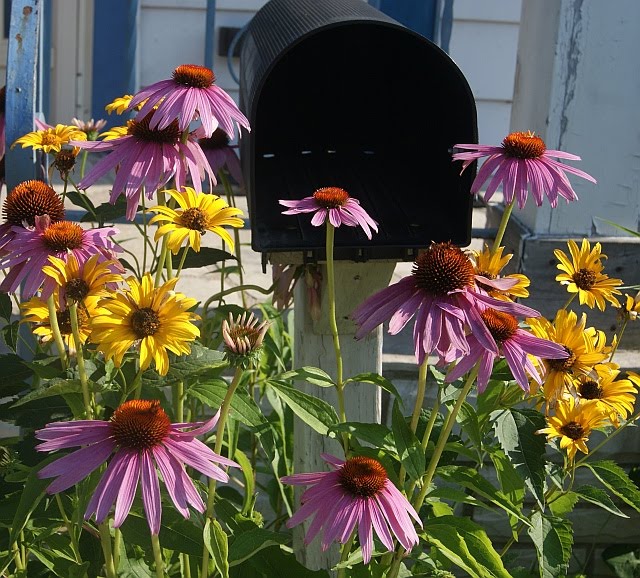Domestic Infrastructure - these are the realities of home life, including making your home work better with less, getting organized, dealing with domestic life, etc...
- finishing the plastic on the crawl space insulation - I'm not doing it, hubby is -- and it's dependent on weather at this point
- sealing up the cellar foundation
- sealing up windows in the two storage areas off the kitchen
- de-clutter and organize art and craft storage
- curtains on the windows of one room for sound-proofing and heat retention
Household Economy: Financial goals, making ends meet, saving, barter etc...
- selling off a Les Paul guitar that hubby doesn't use much (ad posted)
- eating down the stores through January to reduce outside purchases (challenge)
- set up budget for our next travel vacation
Resource Consumption : in which we use less of stuff, and strive to live in a way that has an actual future.
- thermal pot cooking
- walking for shopping and volunteer work (use car as little as possible)
Cottage Industry and Subsistence:: The things we do that prevent us from needing to buy things, and the things we produce that go out into the world and provide for others. Not everyone will do both, but it is worth encouraging.
- designing reusable Christmas tags from photos I took of Williamsburg wreaths
- learning to make custom-sized socks
- starting next year's Christmas presents by using up my re-discovered yarn stash with a new knitting book I got
Family and Community: Pretty much what it sounds like. How do we enable those to take the place of collapsing infrastructure?
- co-learning with a celiac neighbor how to make polenta (an economical gluten-free "fast food"!)
- began planning to build an outdoor oven with neighbors
Outside Work: Finding a balance, doing good work, serving the larger community as much as we can, within our need to make a living.
- volunteer work with Peterborough Greenup's Urban Forest project (GIS mapping and data analysis) --> explore using iTree software for them
Time and Happiness: Those things without which there's really no point.
- Nordic walking to enjoy whatever sunshine we have this month and get fresh air
- fiction reading (second-hand or borrowed books)
- making digital photo collages of our year's travels for our scrapbook
- start an art journal






